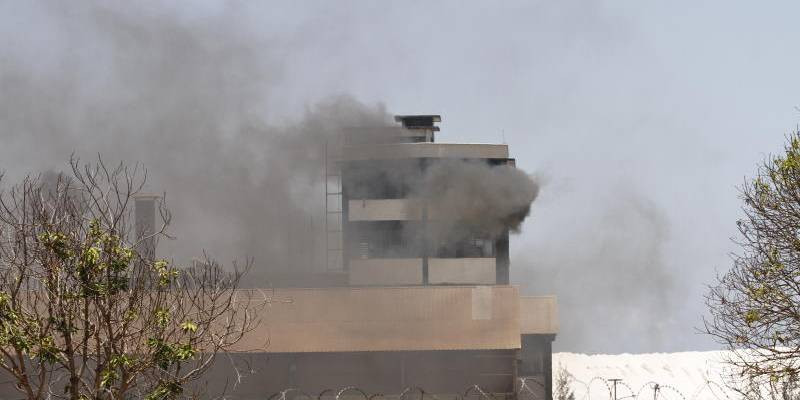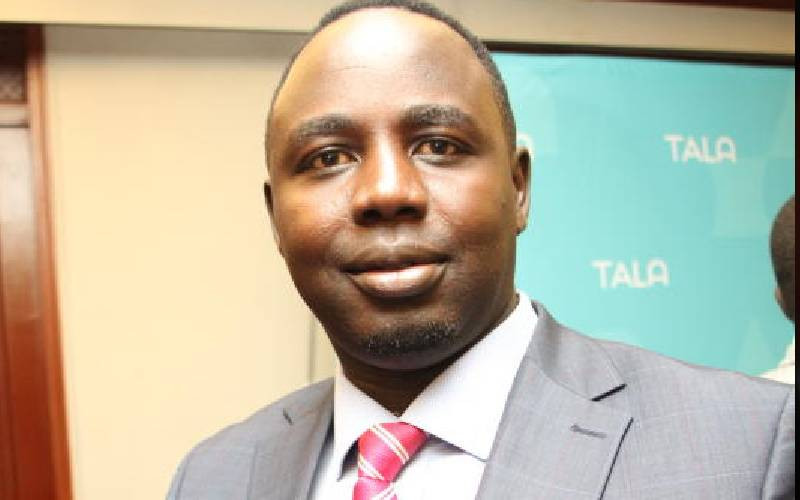
One of the major problems associated with reproductive health is unsafe abortions. This issue has been a dominant topic in reproductive and sexual rights workshops across Africa and globally, with the latest workshop on the subject taking place in Maputo, Mozambique.
It was also a central topic at a seminar in Kenya. Unsafe abortion has been identified as a leading cause of death for many young and middle-aged women in Kenya and other African countries. Medical experts argue that urgent measures must be put in place to prevent unnecessary deaths, particularly among single women. Discussions at these workshops have also focused on economic empowerment for women and the role of the media in highlighting reproductive health and sexual rights issues.







